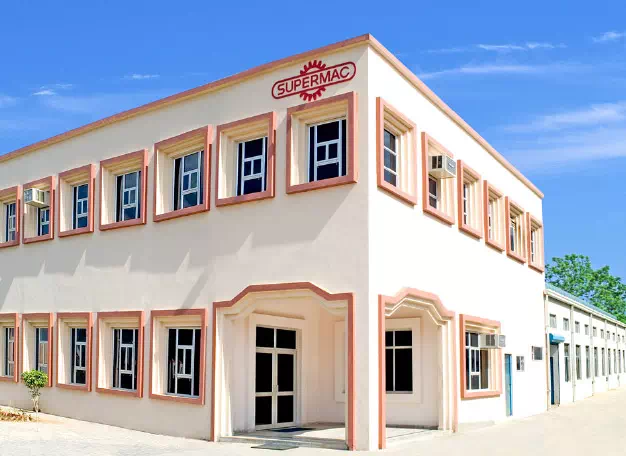Extrusion is a manufacturing methodology utilized to create a wide range of thermoplastic compounds. These compounds are formed in different shapes and sizes and find applications in a wide range of industries. Some of the major compounds made using extrusion methodology include:
- Sheeting
and rods
- Cast
film and tubes
- Filaments
and cables
- Cords
and monofilaments
- Synthetic
fibers
- Hollow
sections for blow molding and compounding
- Reclaim
of plastic pellets, and
- Wire coating materials.
An extrusion process performed either on retrofitting of extrusion lines or LSZH cable extrusion lines is based on twin-screw systems, often utilized for PVC pipe or profiles. As for single-screw systems, they are widely used for a large number of other extruded products.
The concept of Low-Smoke Zero-Halogen (LSZH) extrusion
Low-Smoke Zero-Halogen (LSZH or LSOH) is a kind of plastic utilized in the wire and cable industry for cable jacketing. Cable jacketing is specially compounded to produce the minimum amount of smoke and low poisonousness when exposed to fire. Most network cables made either through retrofitting of extrusion lines or LSZH cable extrusion lines are protected with polyvinyl chloride (PVC), polyethylene, or thermoplastic urethane (TPU). In a fire, halogen-containing plastic releases hydrogen chloride which is a very toxic gas that releases hydrochloric acid after coming into contact with H2O.
Equipment required for (LSZH) extrusion
- Extruder
- ideally 20 to 24 L/D ratio
- Extruder
head – ideally with deep flow channels
- A
head assembly- with a diverter valve
- Screw
- low compression less than 1.5:1 and ideally 1.2:1
- Extension
piece - if there is an extension piece connecting the end of the extruder
- Tooling Pressure - ping die should be the same size or slightly smaller than the final cable diameter.
Concluding Remarks






0 Comments